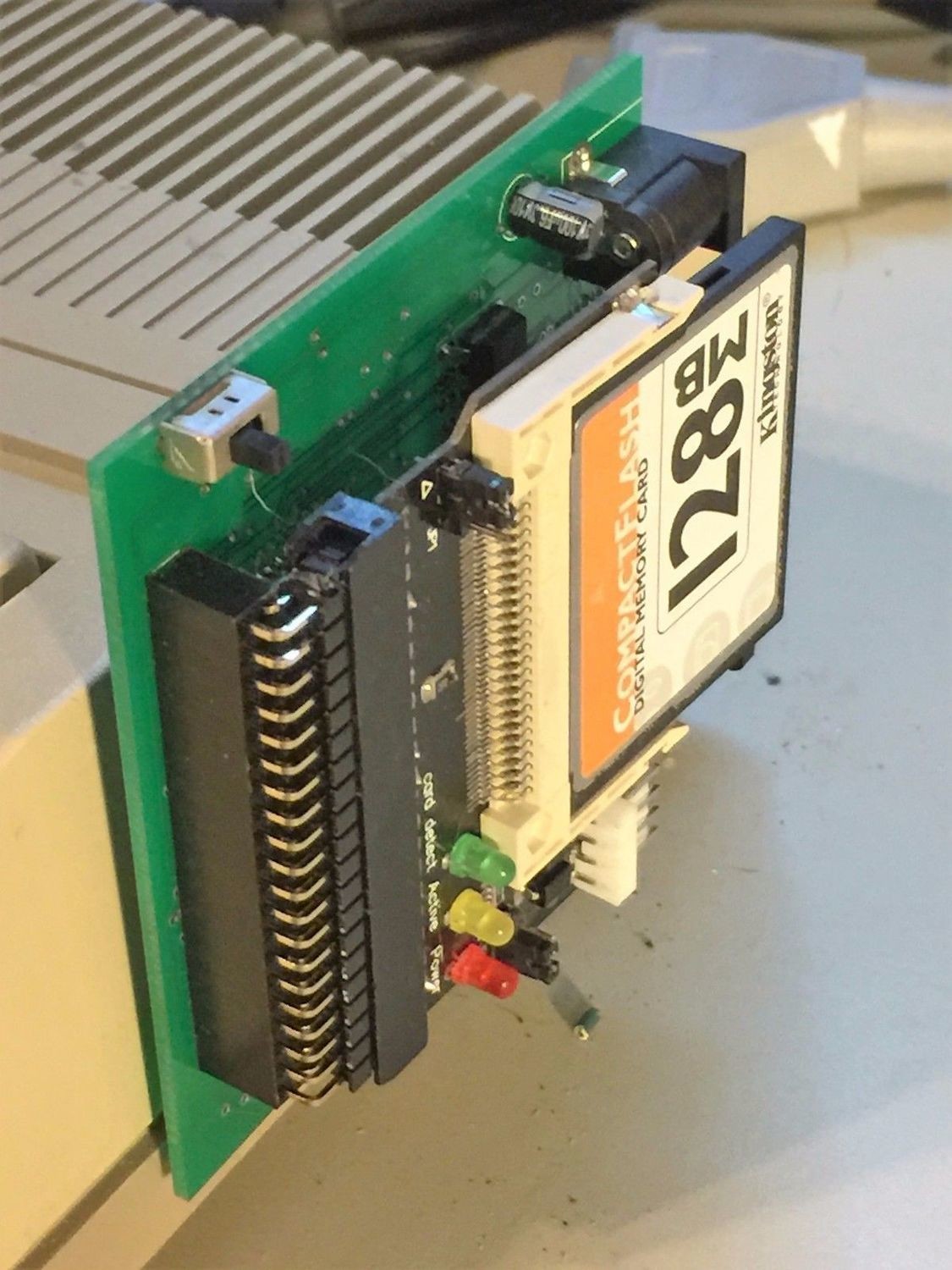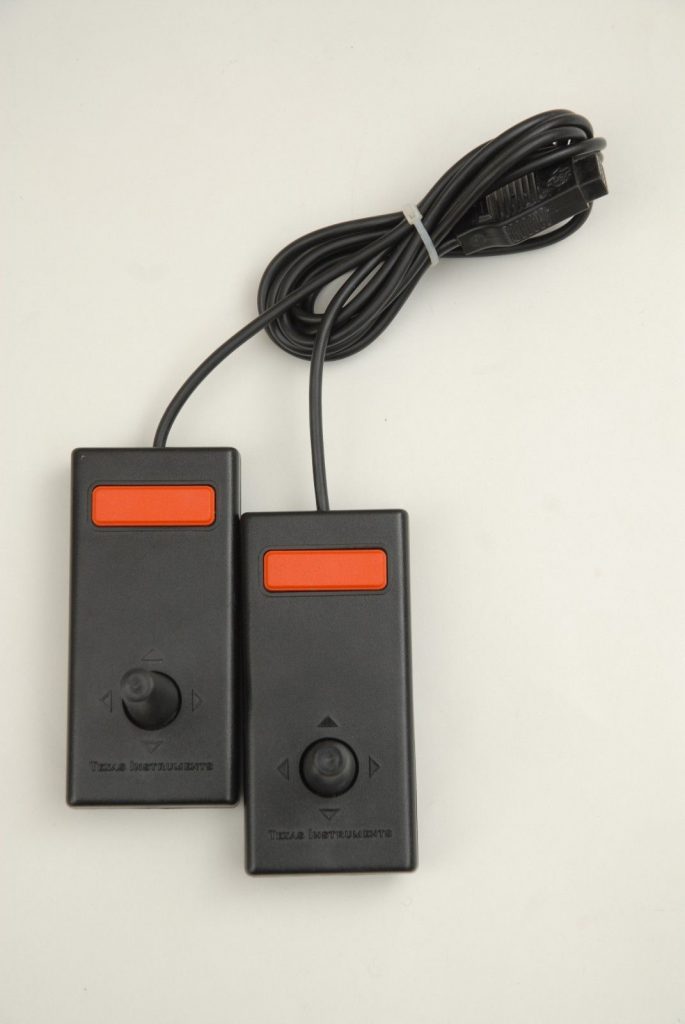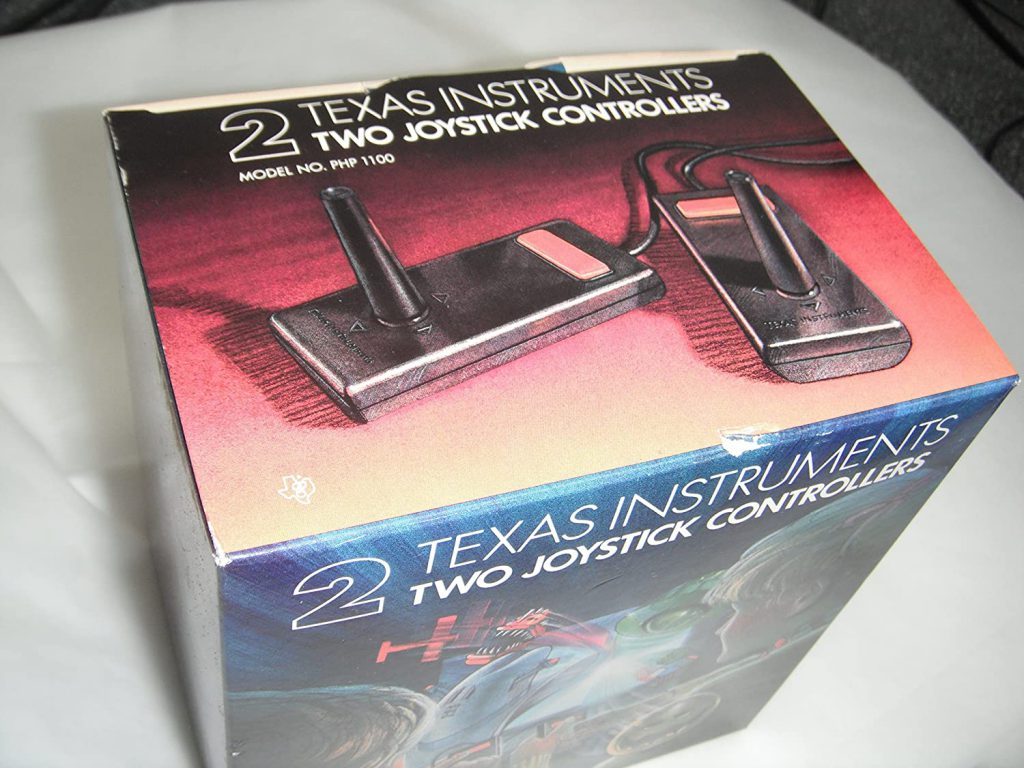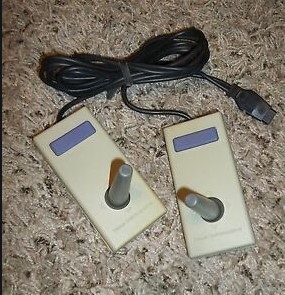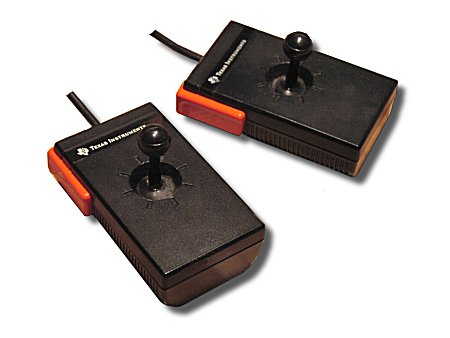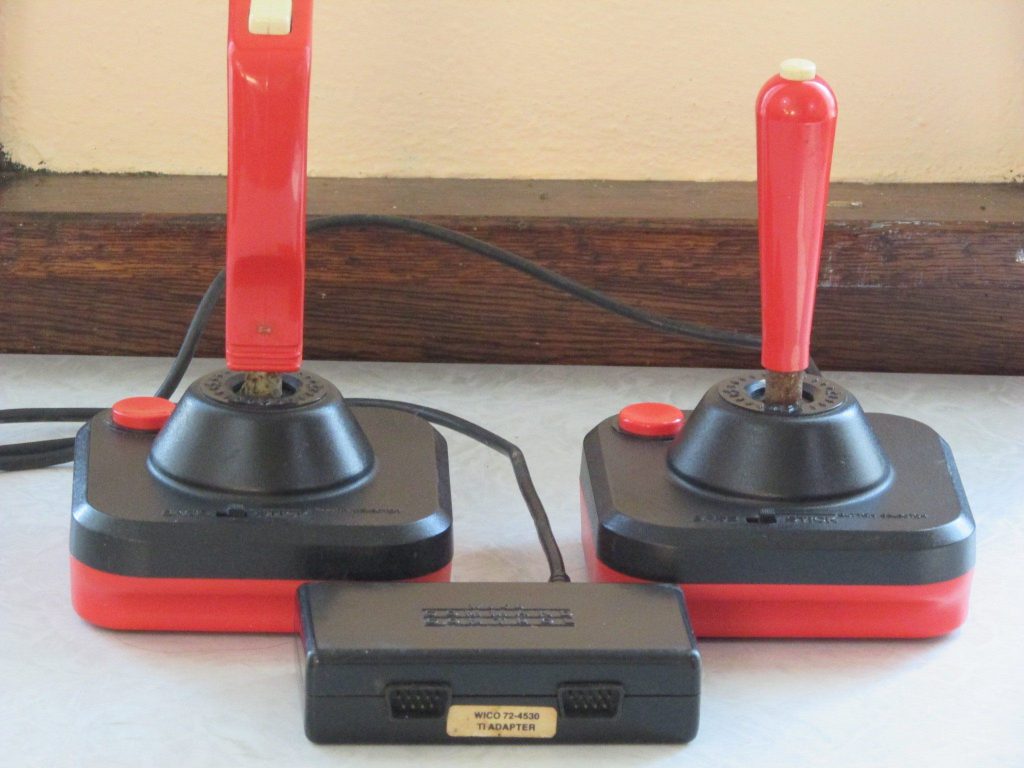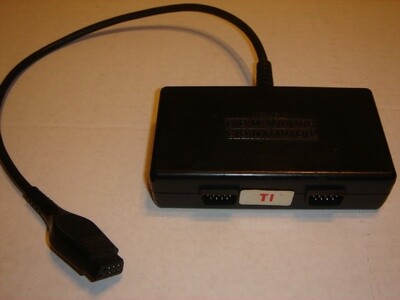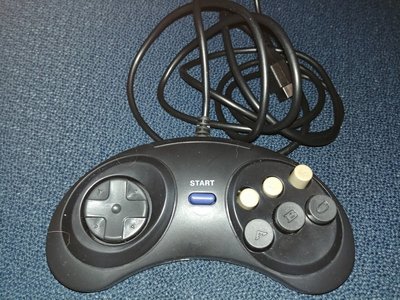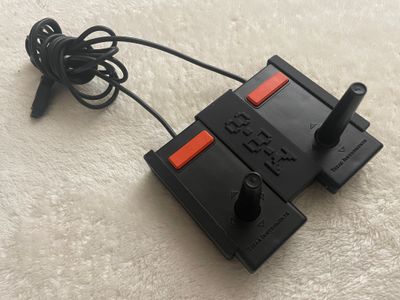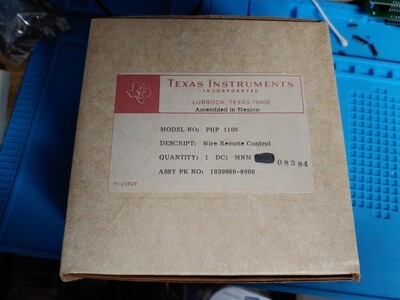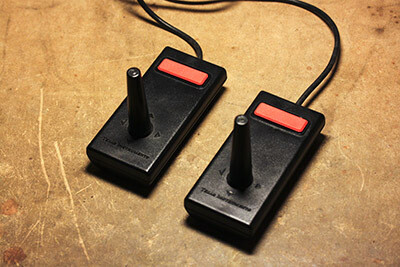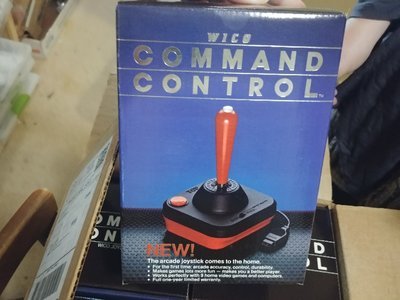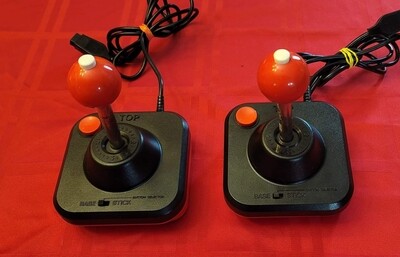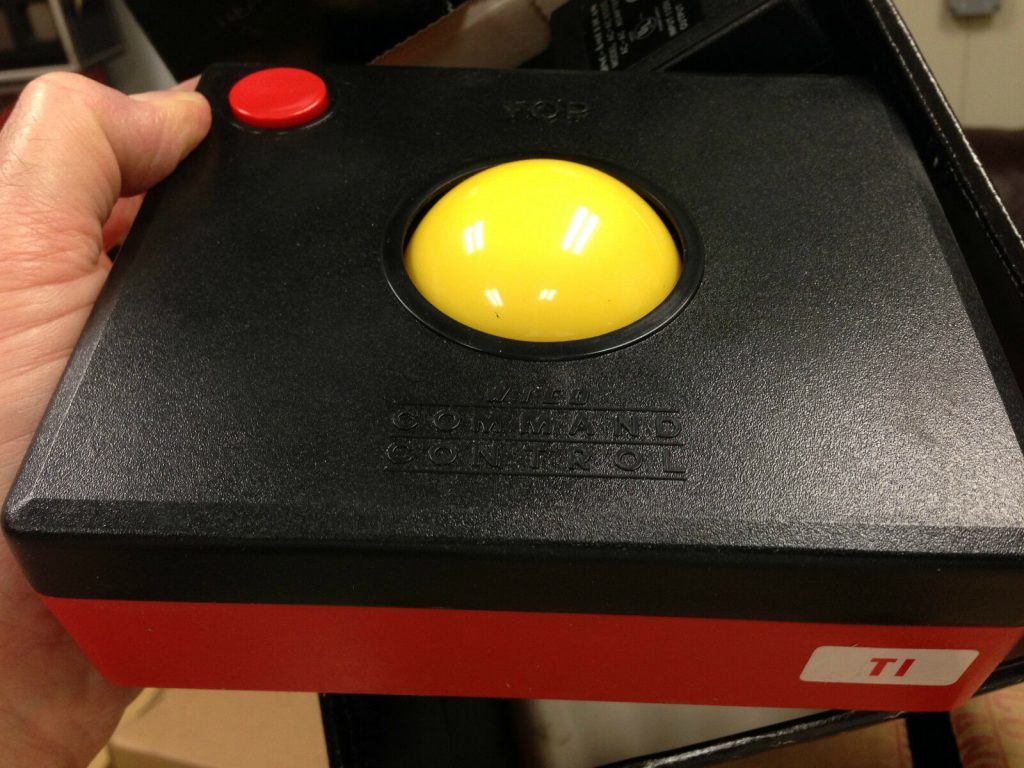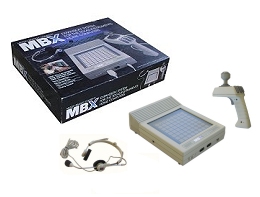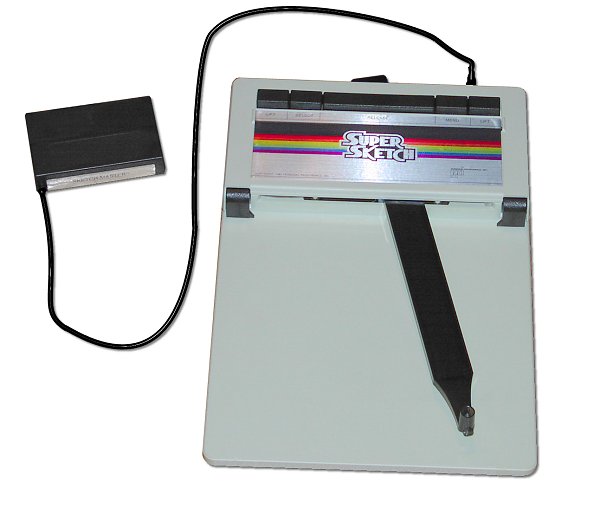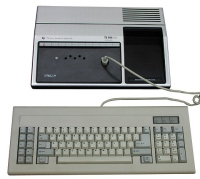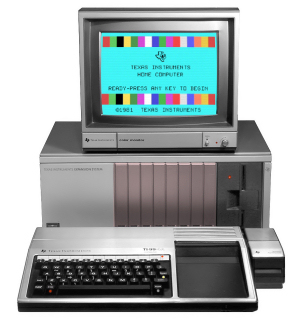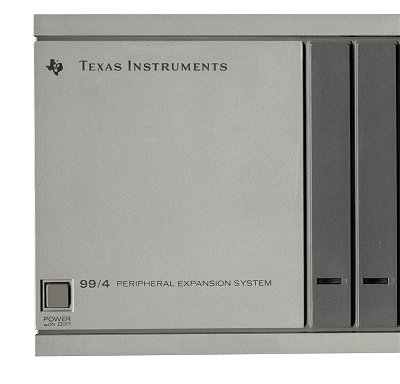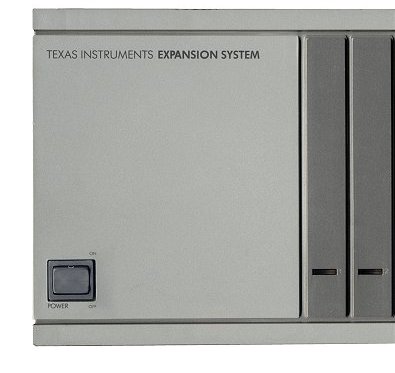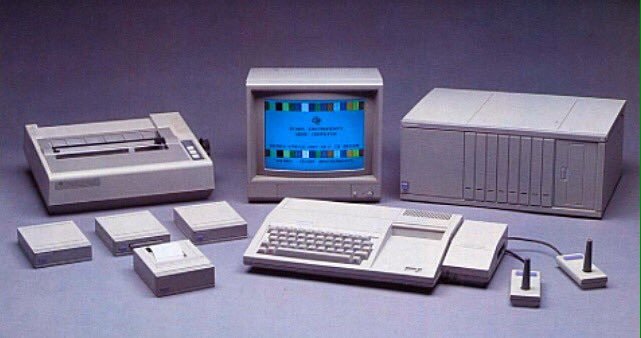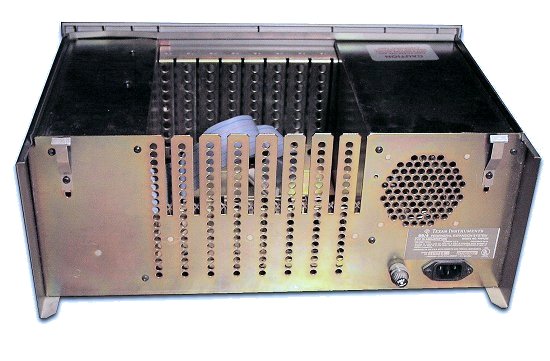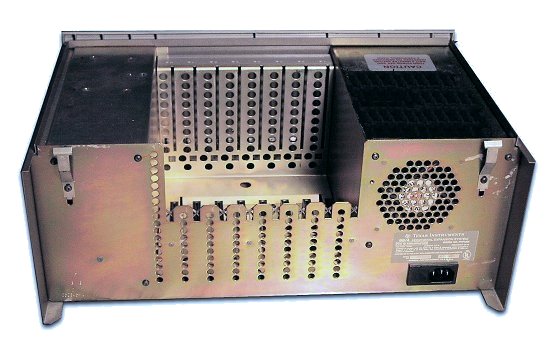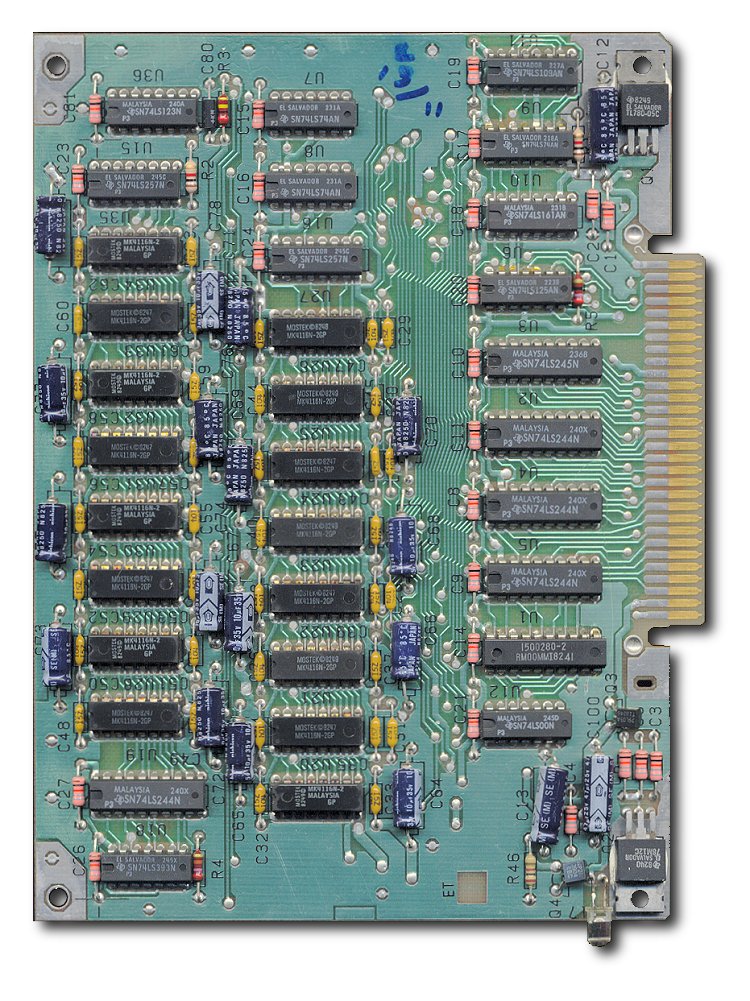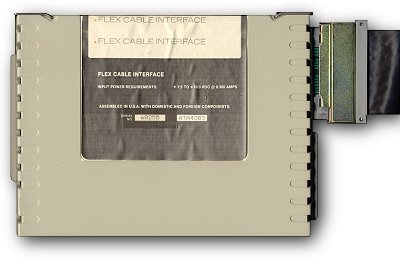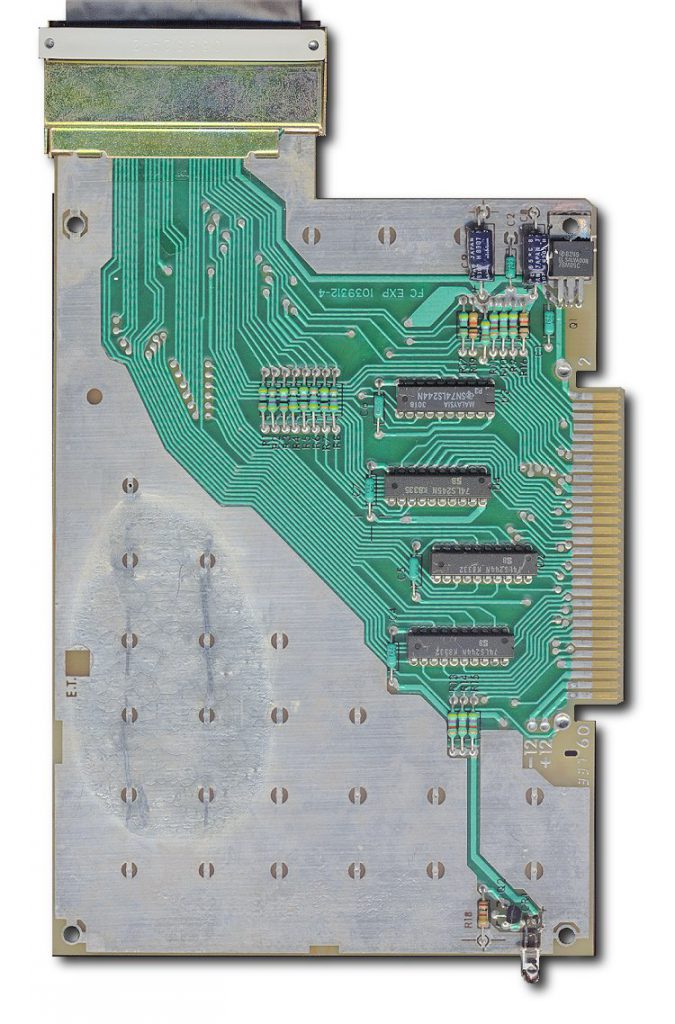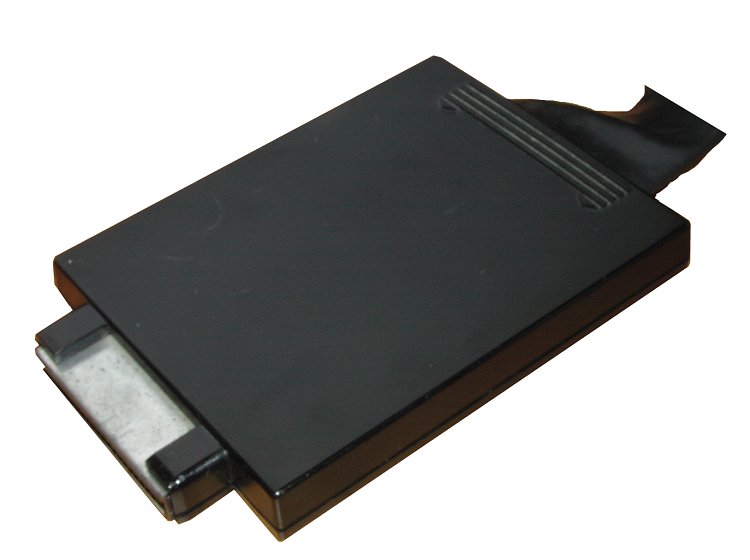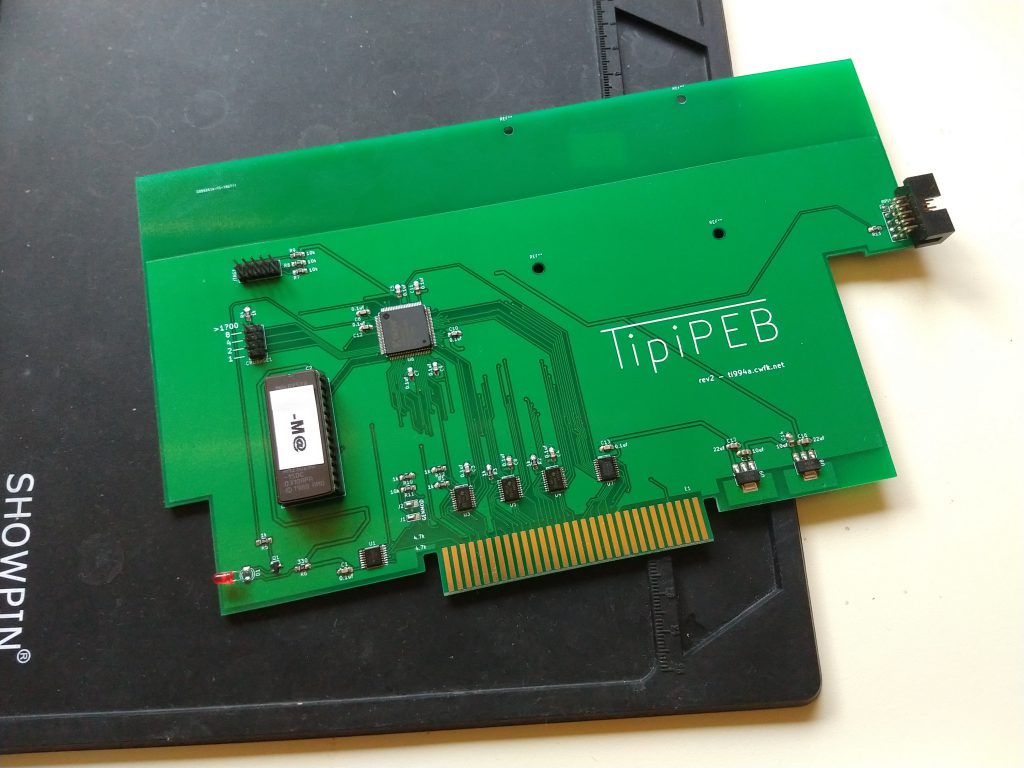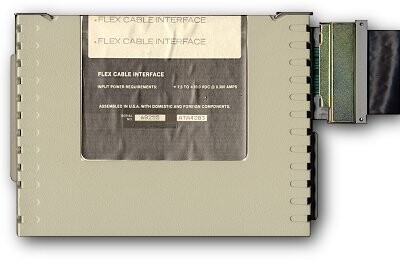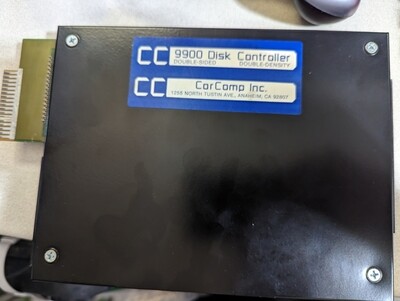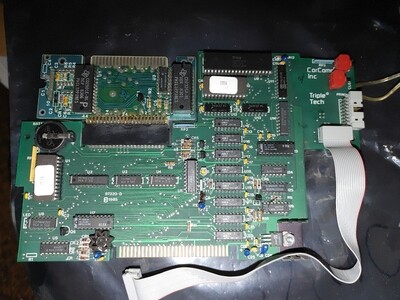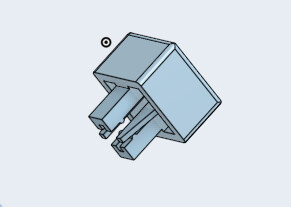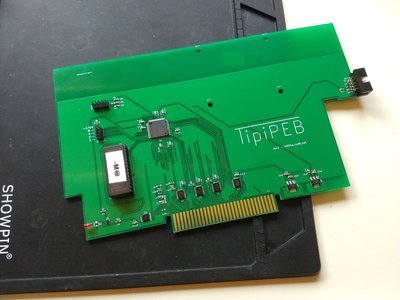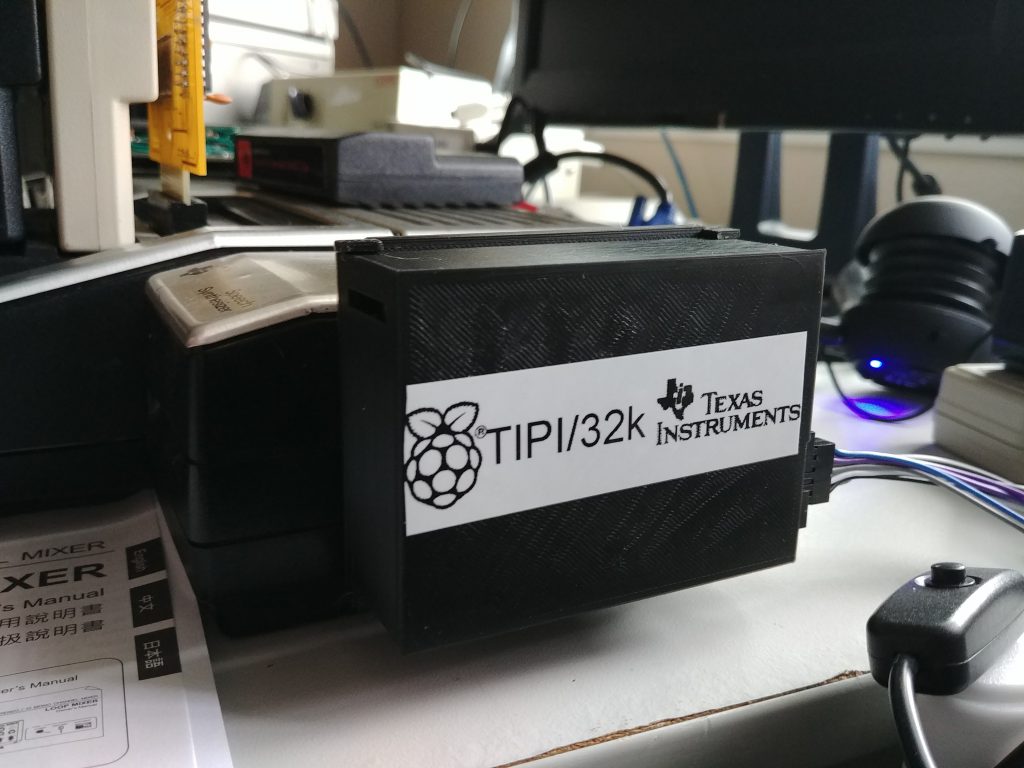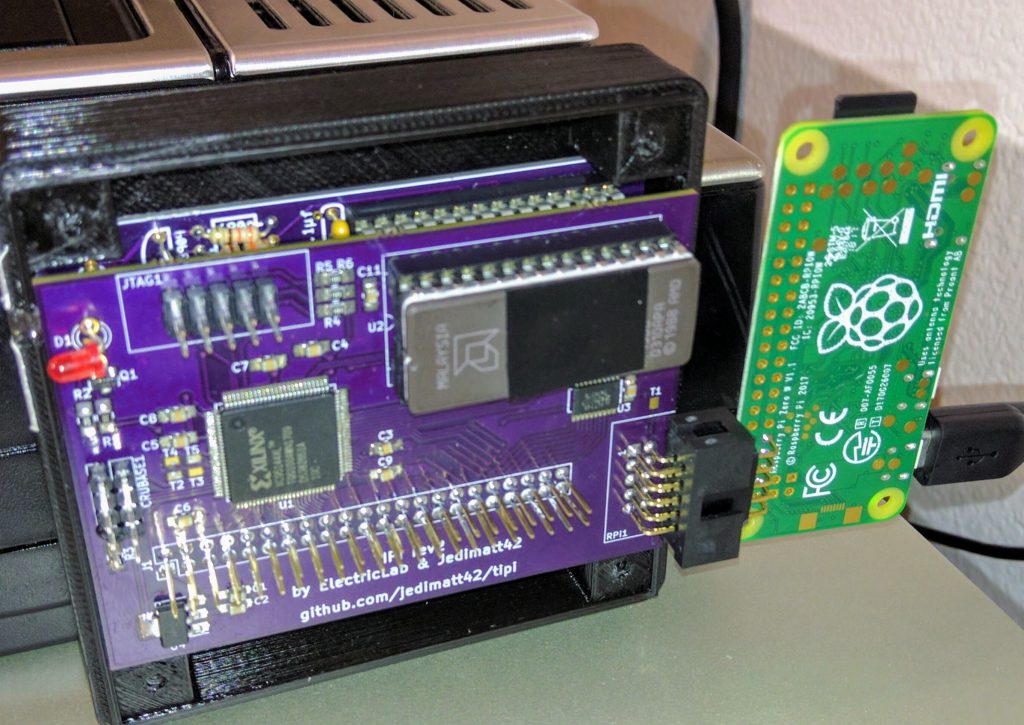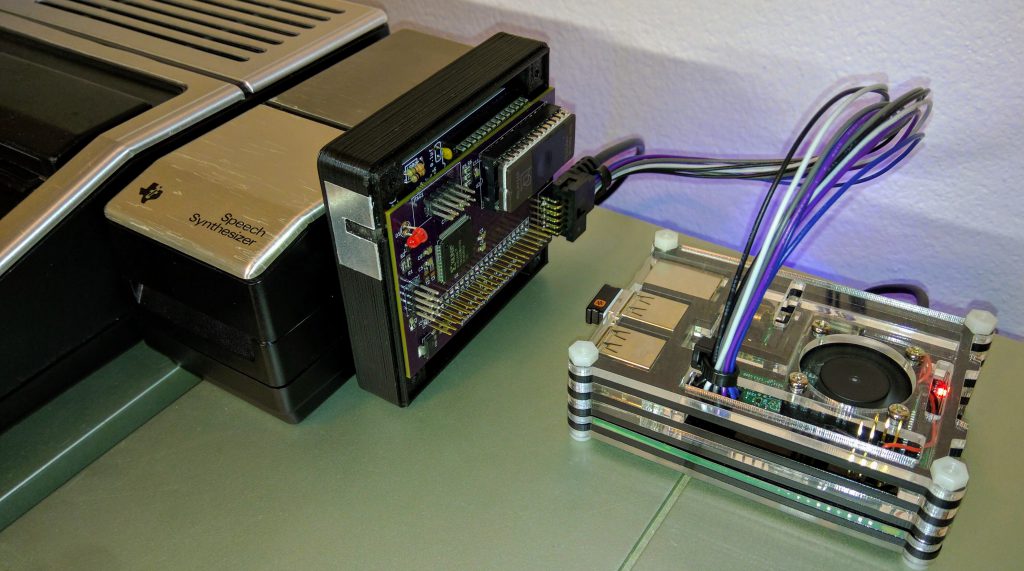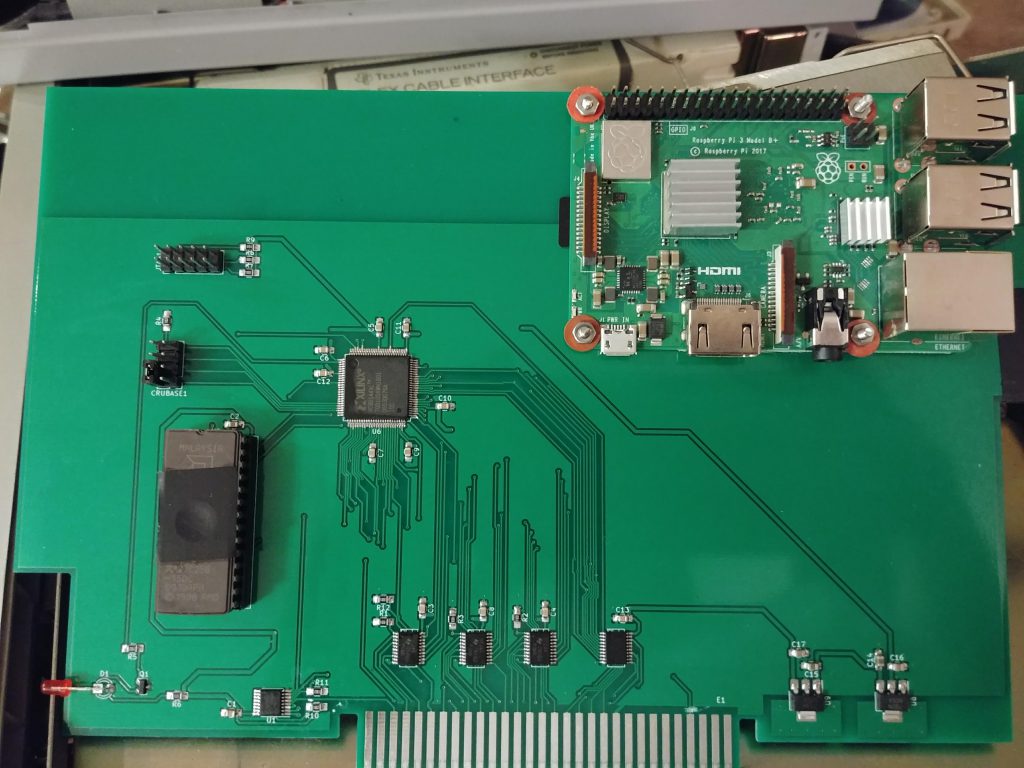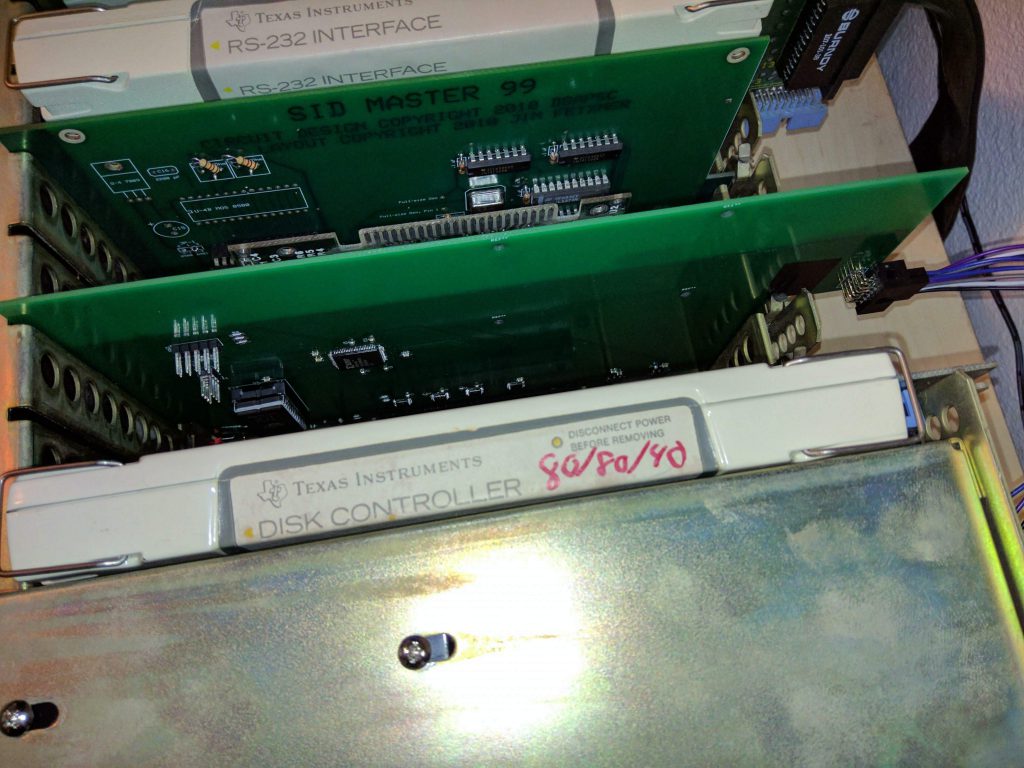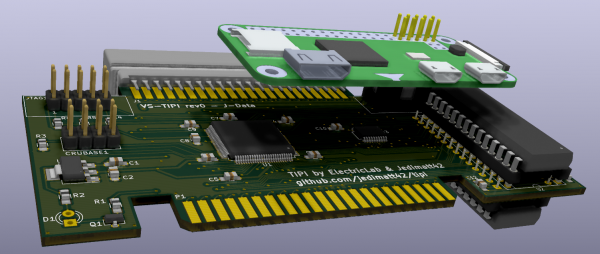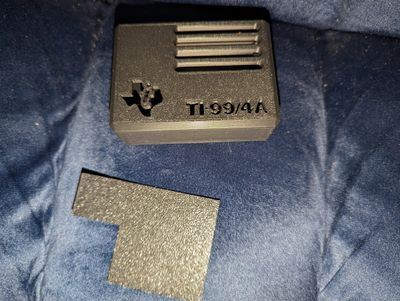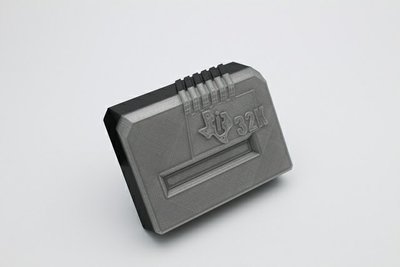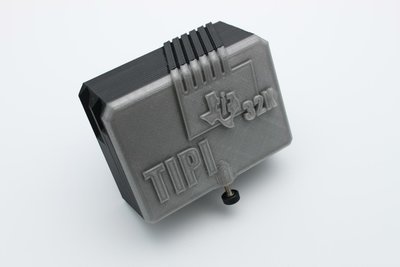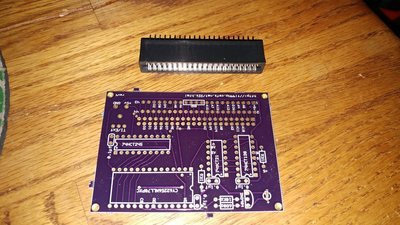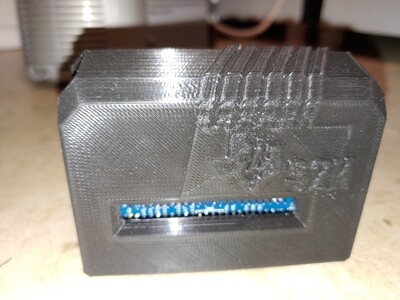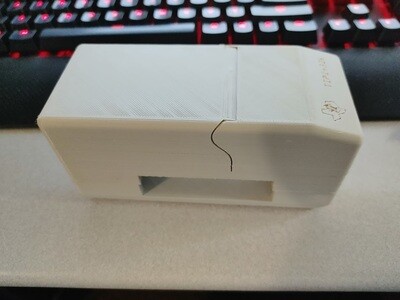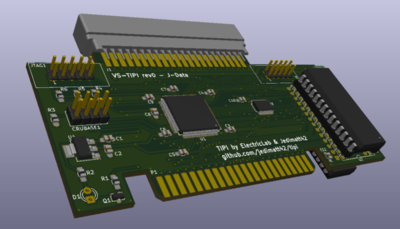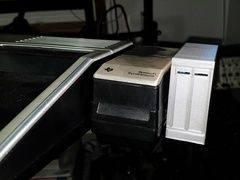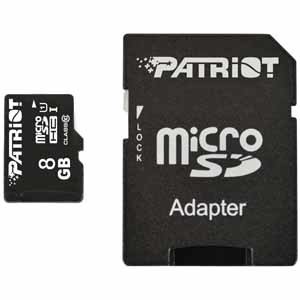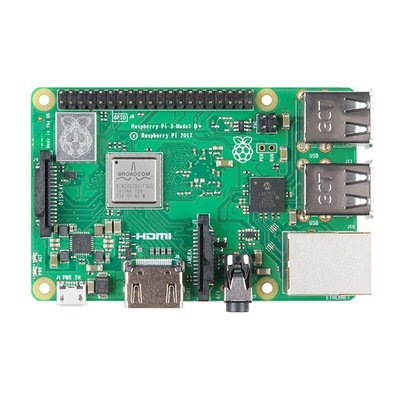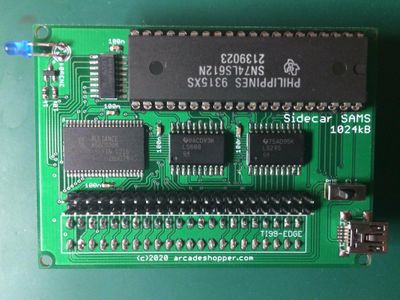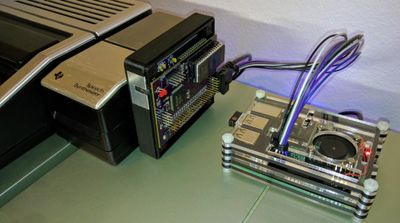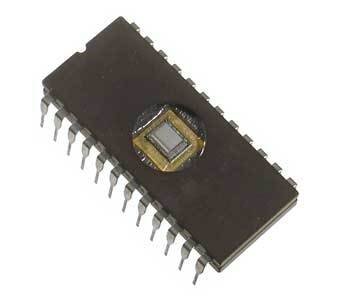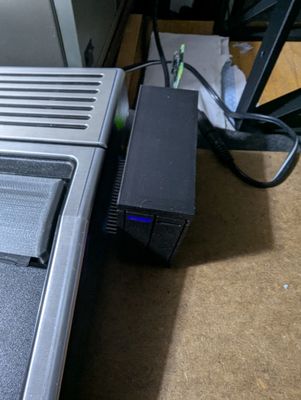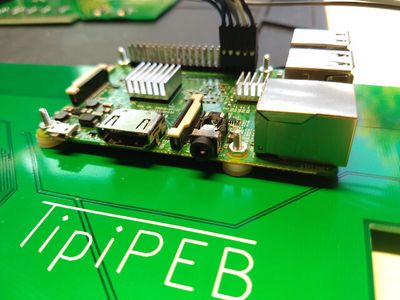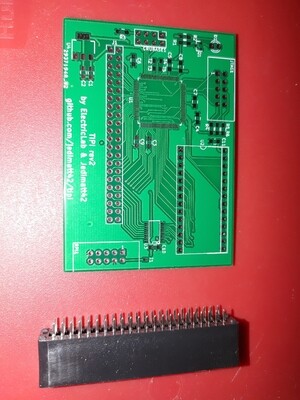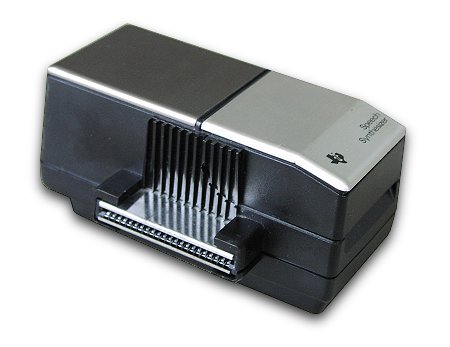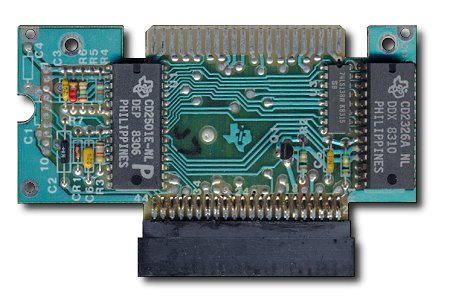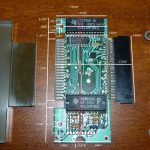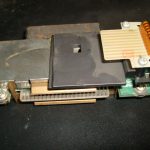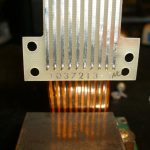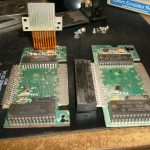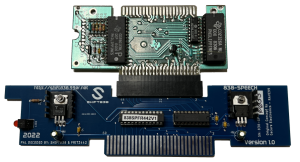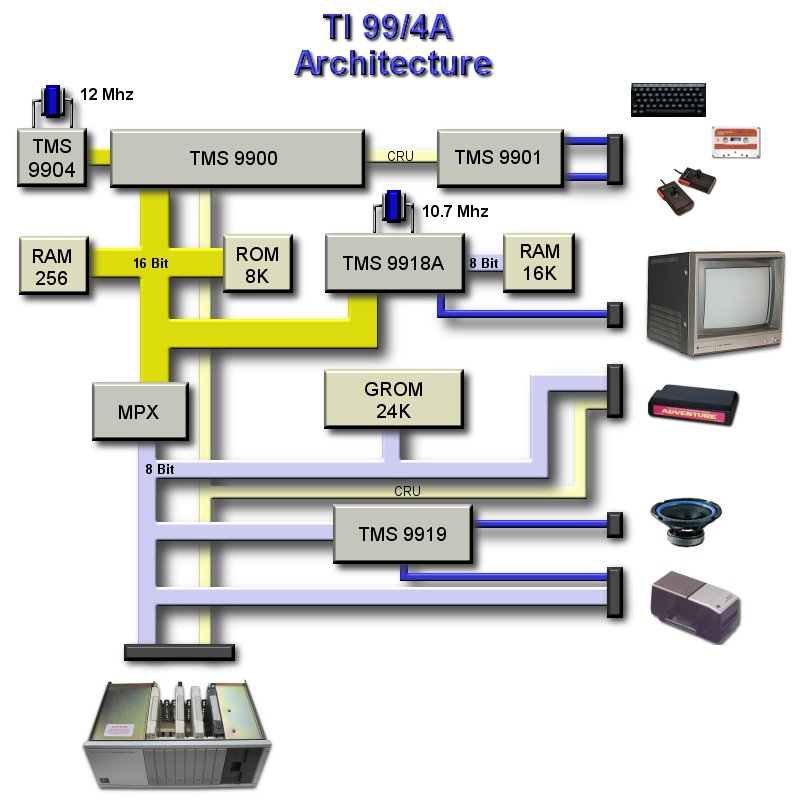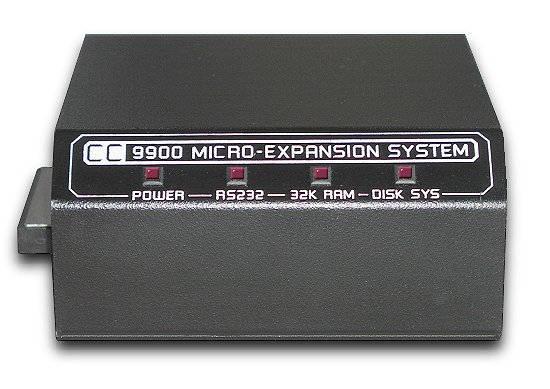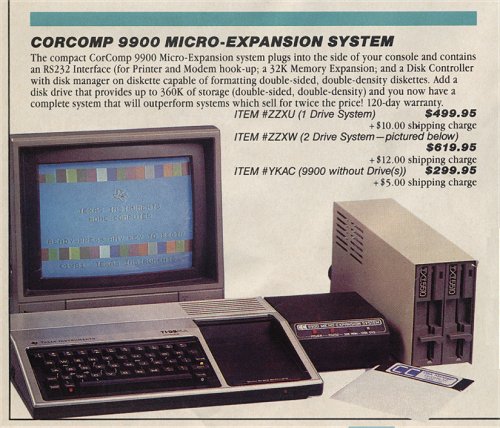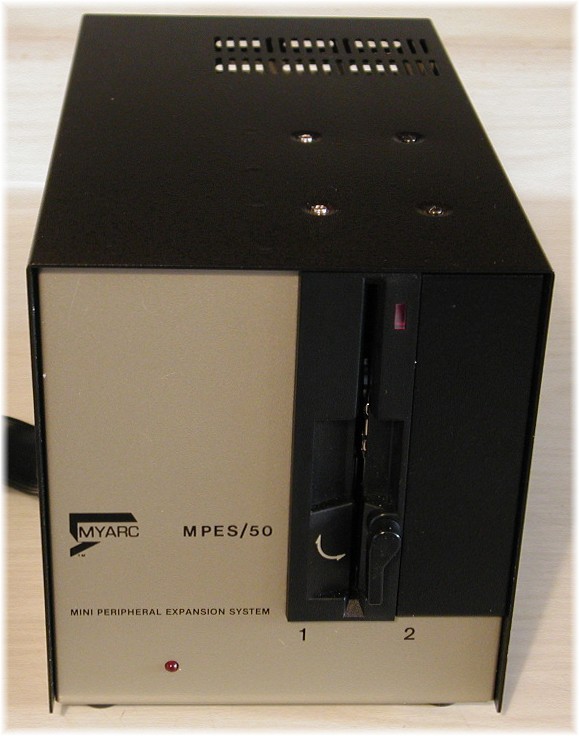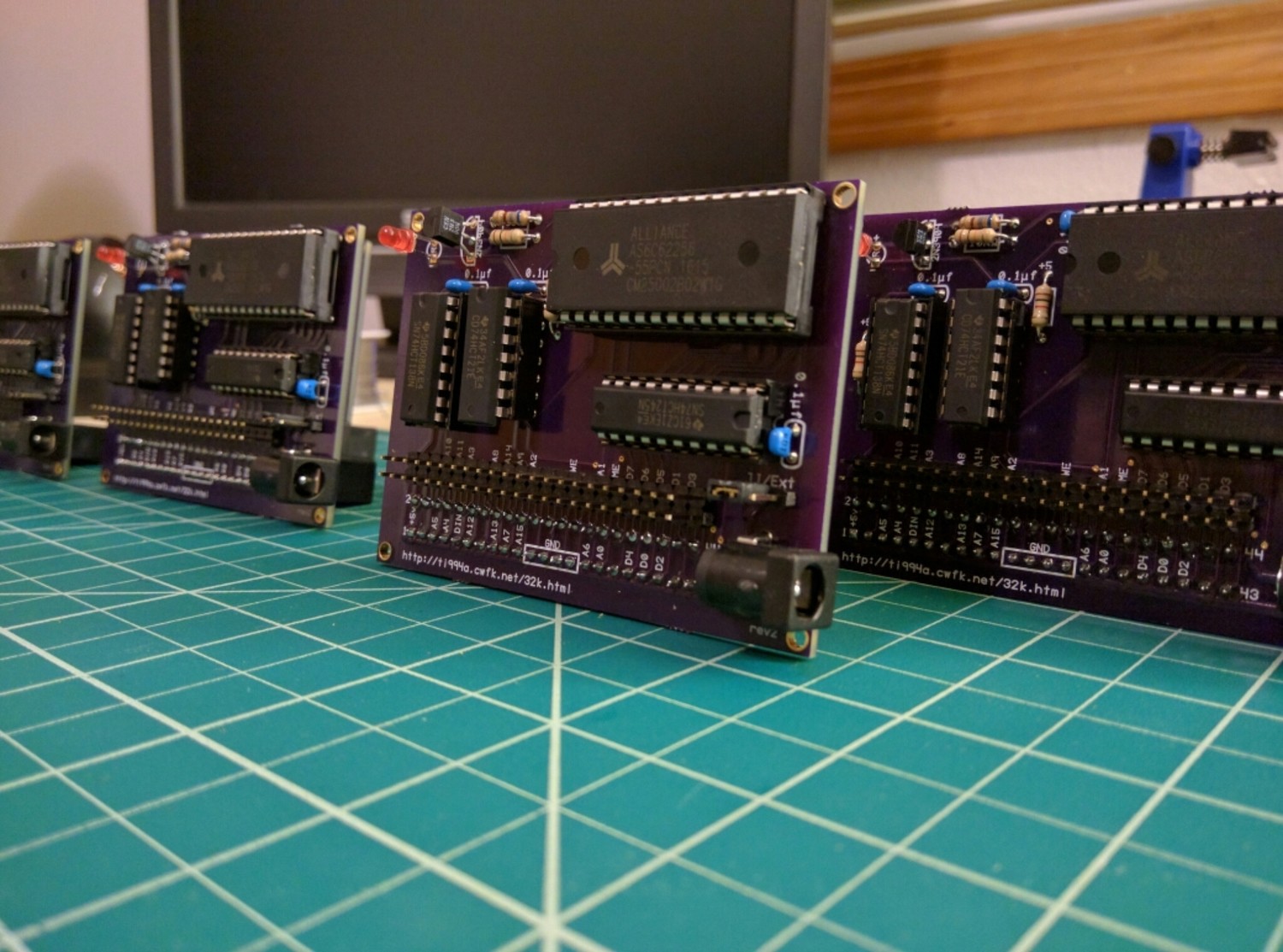Force Command is the DOS like interface people have always yearned for on the TI-99/4A.
From the wiki: https://github.com/jedimatt42/fcmd/wiki
Force Command for the TI-99/4A
Force Command is a command module for the TI-99/4A home computer from the early 80s. It is an interactive command line shell such as MSDOS ‘command.com’ for file management as well as batch scripting for the 4A.
There was prior art named 4ADOS from back in the 80s as well. However, this user found that program irritating. So I have ignored 4ADOS, and taken inspiration from the manuals of MSDOS 2.11 and my own use of MSXDOS.
Minimum Requirements
(Some features will not be available)
- TI-99/4A
- 32K expansion ram
- Some filesystem device
- 128K ROM Cartridge
Development System
- TI-99/4A
- SAMS
- F18A VGA adapter
- FinalGROM99
- TIPI
- Texas Instruments Floppy Controller
Hardware compatibility
It has been authored to support many of the pre-existing rare devices that are out there, however the author cannot test with those devices. See Compatibility for details.
Video support
The program auto-detects the F18A video processor and if present begins in enhanced attribute 80 column mode. In this mode the screen supports full ANSI graphics commands received either through [echo] commands or from displaying a file with [type] commands.
If the F18A is not detected, the program starts in 40 column mode.
The mode can be switched with the [width] command and color can also be controlled with the [color] command.
Cartridge Support
It is distributed as 2 files:
- FCMDG.bin – Single GROM with program entry “AUTOCMD” and power up routine to start the ROM automatically.
- FCMDC.bin – 128K ROM with program entry title: “FORCE CMD” (Non-inverted ROM file)
It is designed to be run from the FinalGROM99. However it should also work from an UberGROM. Or presently any 128K or greater eprom board sacrificing the startup GROM.
When used on a FinalGROM99, there will be 2 menu entries:
If you select AUTOCMD, the FinalGROM99 will load both the GROM autostart routine, and the primary ROM. If you select FORCE CMD, the FinalGROM99 will not load the GROM, and auto start will not be active.
Also on a FinalGROM99, the fg99 command can switch to other cartridge images.
General Use
Command keywords are case insensitive. TI file system names are case sensitive.
On startup, the program will normally detect and switch to your best video mode, display a banner, set the current working directory to the first drive device found in your system, and set you at a prompt such as:
To list a directory of the files you have on that device use the [dir] command.
[1100.DSK1.]
$ DIR
Diskname: BLANK Available: 1440 Used: 65407
Name Type Reclen Sectors
---------------------------------
EDIT80 PROGRAM 32
MENU DIS/VAR 80 1
[1100.DSK1.]
$
A list of individual commands/topics are available with the help command. You can then get a brief description by passing the topic as argument to the help command.
[1000.TIPI.]
$ help cd
cd <path>|.. - switch to a different drive or directory
For more info and development notes: https://atariage.com/forums/topic/290966-force-command-ver-117-kinda-like-commandcom-from-1985/
